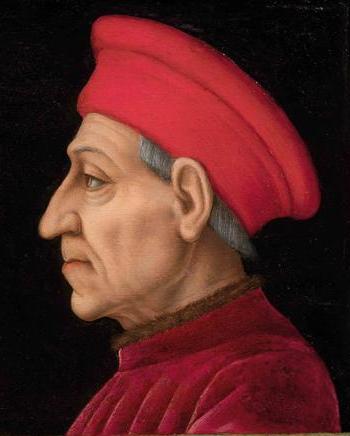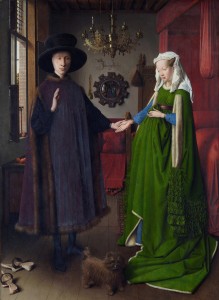Classical painting techniques – Influences

Classical painting techniques – Renaissance art
Part 2
Influences:
The influences upon the development of Renaissance art in the early 15th century are those that also affected Philosophy, Literature, Architecture, Theology, Science, Government and other aspects of society. The following list presents a summary, dealt with more fully in the main articles that are cited above.

Arnolfini Portrait by Jan van Eyck (London, National Gallery)
- 1. Classical texts, lost to European scholars for centuries, became available. These included Philosophy, Poetry, Drama, Science, a thesis on the Arts and Early Christian Theology.
- 2. Simultaneously, Europe gained access to advanced mathematics which had its provenance in the works of Islamic scholars.
- 3. The advent of movable type printing in the 15th century meant that ideas could be disseminated easily, and an increasing number of books were written for a broad public.
- 4. The establishment of the Medici Bank and the subsequent trade it generated brought unprecedented wealth to a single Italian city, Florence.

Cosimo di Medici by Agnolo Bronzino
- 5. Cosimo de’ Medici set a new standard for patronage of the arts, not associated with the church or monarchy.
- 6. Humanist philosophy meant that man’s relationship with humanity, the universe and with God was no longer the exclusive province of the Church.
- 7. A revived interest in the Classics brought about the first archaeological study of Roman remains by the architect Brunelleschi and sculptor Donatello. The revival of a style of architecture based on classical precedents inspired a corresponding classicism in painting, which manifested itself as early as the 1420s in the paintings of Masaccio and Uccello.
- 8. The improvement of oil paint and developments in oil-painting technique by Netherlandish artists such as Jan van Eyck, Rogier van der Weyden and Hugo van der Goes led to its adoption in Italy from about 1475 and had ultimately lasting effects on painting practices, worldwide.
- 9. The serendipitous presence within the region of Florence in the early 15th century of certain individuals of artistic genius, most notably Masaccio, Brunelleschi, Ghiberti, Piero della Francesca, Donatello and Michelozzo formed an ethos out of which sprang the great masters of the High Renaissance, as well as supporting and encouraging many lesser artists to achieve work of extraordinary quality.
- 10. A similar heritage of artistic achievement occurred in Venice through the talented Bellini family, their influential inlaw Mantegna, Giorgione, Titian and Tintoretto.
- 11. The publication of two treatises by Leone Battista Alberti, De Pitura (On Painting), 1435, and De re aedificatoria (Ten Books on Architecture), 1452.
Categorized: Art History , News


This Post Has 0 Comments